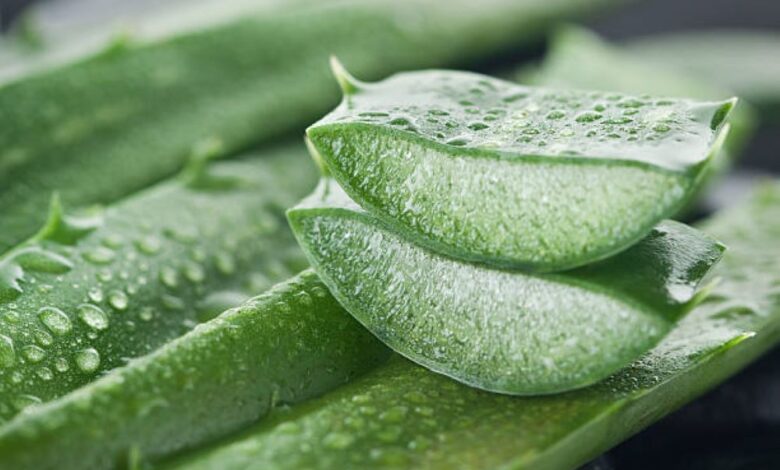Aseptic Aloe Vera Processing Techniques to Preserve Purity and Potency

In the world of natural products, very few ingredients hold as much promise and versatility as aloe vera. Revered for its soothing properties and myriad health benefits, aloe vera has become a staple in everything from cosmetics to pharmaceuticals.
However, harnessing the full potential of this miracle plant requires careful processing techniques to preserve its purity and potency. In this article, we delve into the intricate world of aseptic aloe vera processing, exploring the methods used by suppliers to ensure the integrity of their products.
Understanding Aseptic Processing
Aseptic processing refers to the technique of sterilizing products and packaging materials separately and then combining them under sterile conditions to prevent contamination.
This method is particularly crucial for delicate substances like aloe vera, which can easily degrade if exposed to harmful microorganisms.
1. Sterilization Methods
One of the cornerstones of aseptic processing is sterilization. Aloe vera suppliers employ various sterilization methods to eliminate bacteria, fungi, and other pathogens while preserving the natural properties of the plant.
Common sterilization techniques include heat treatment, filtration, irradiation, and chemical sterilization.
Each method has its advantages and limitations, and a reputed aseptic aloe vera supplier carefully select the most appropriate approach based on factors such as product characteristics, regulatory requirements, and cost-effectiveness.
2. Packaging Technology
Once the aloe vera extract has been sterilized, it is crucial to package it in a way that maintains its purity and potency. Aseptic packaging technology plays a vital role in achieving this goal.
Suppliers use specialized equipment and materials designed to minimize the risk of contamination and preserve the integrity of the product. Aseptic packaging typically involves sealing the aloe vera extract in sterile containers, such as bottles, pouches, or cartons, under sterile conditions.
This prevents exposure to air, light, and microorganisms, ensuring that the product remains stable and safe for consumption or application.
3. Quality Control Measures
Quality control is paramount in aseptic aloe vera processing to guarantee the safety and efficacy of the final product.
Suppliers implement rigorous quality control measures at every stage of the process, from raw material sourcing to finished product testing.
This includes regular inspections of manufacturing facilities, thorough testing of incoming ingredients for purity and potency, and comprehensive analysis of finished products for microbial contamination, chemical composition, and physical attributes.
4. Preserving Purity and Potency
The ultimate goal of aseptic aloe vera processing is to preserve the purity and potency of the plant’s natural properties.
This requires a delicate balance between sterilization, packaging, and quality control measures to ensure that the final product retains its therapeutic benefits and nutritional value.
By employing advanced processing techniques and adhering to strict quality standards, suppliers can produce aloe vera products that meet the highest standards of purity, safety, and efficacy.
Summing Up
Aseptic aloe vera processing techniques play a vital role in preserving the purity and potency of this remarkable plant. Through careful sterilization methods, advanced packaging technology, and rigorous quality control measures, suppliers can ensure that their products deliver the therapeutic benefits and nutritional value that consumers expect. As the demand for natural remedies and skincare products continues to grow, aseptic processing will remain essential for harnessing the full potential of aloe vera and other botanical ingredients.



